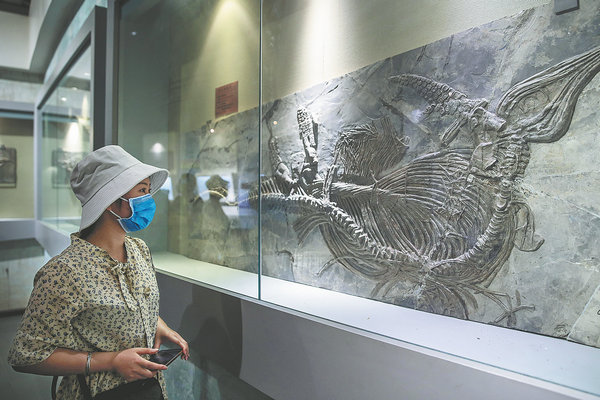

The village kicked off a series of tourism-related plans, including the construction of an observation deck, development of bed-and-breakfast inns and restaurants, and the application of a yellow peach planting program, Liao said.
Most residents earn a living by working in big cities, running restaurants or selling Chinese herbs. About 70 percent of its 2,766 people plant corn, mainly to feed pigs.
Liao said villagers have shown great passion for tourism development. For example, they agreed to move pigsties and cow barns to a centralized area to eliminate odors. About 20 families agreed to turn their old, empty houses into bed-and-breakfast inns.
"They said they wanted to change the old, poor image as soon as possible," Liao added.
Xiagu village of Huajiang, which lies inside the canyon, has two hotels and receives about 600 tourists monthly. A desperately poor village before the turn of the millennium, it was transformed with the development of tourism and lives were changed. Per capita annual income increased from 1,000 yuan that time to 10,000 yuan now, according to Deng Dengbin, the village Party secretary.
Residents are encouraged to get jobs or start their own businesses at home based on what they can do — for example, growing fruit, running homestays or working at the attractions, he said.
"We hope the bridge, as an internet icon, will attract more tourists and promote our economy," he said, adding that the village is planning new projects such as cliff hotels.